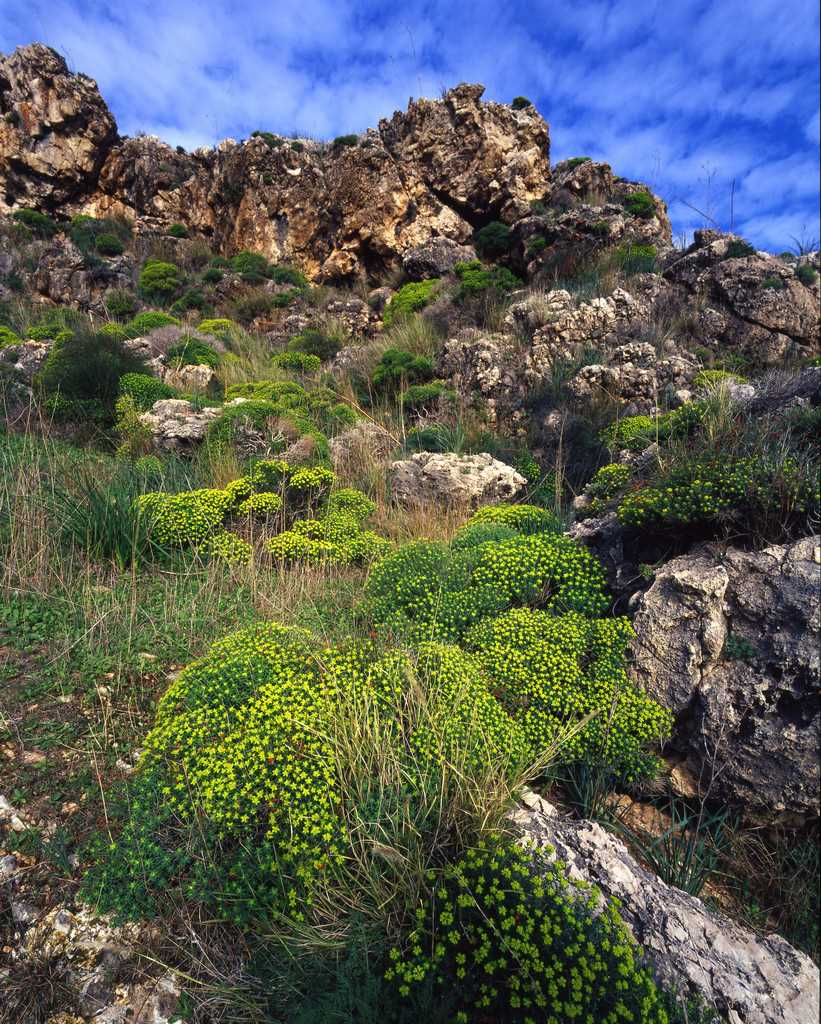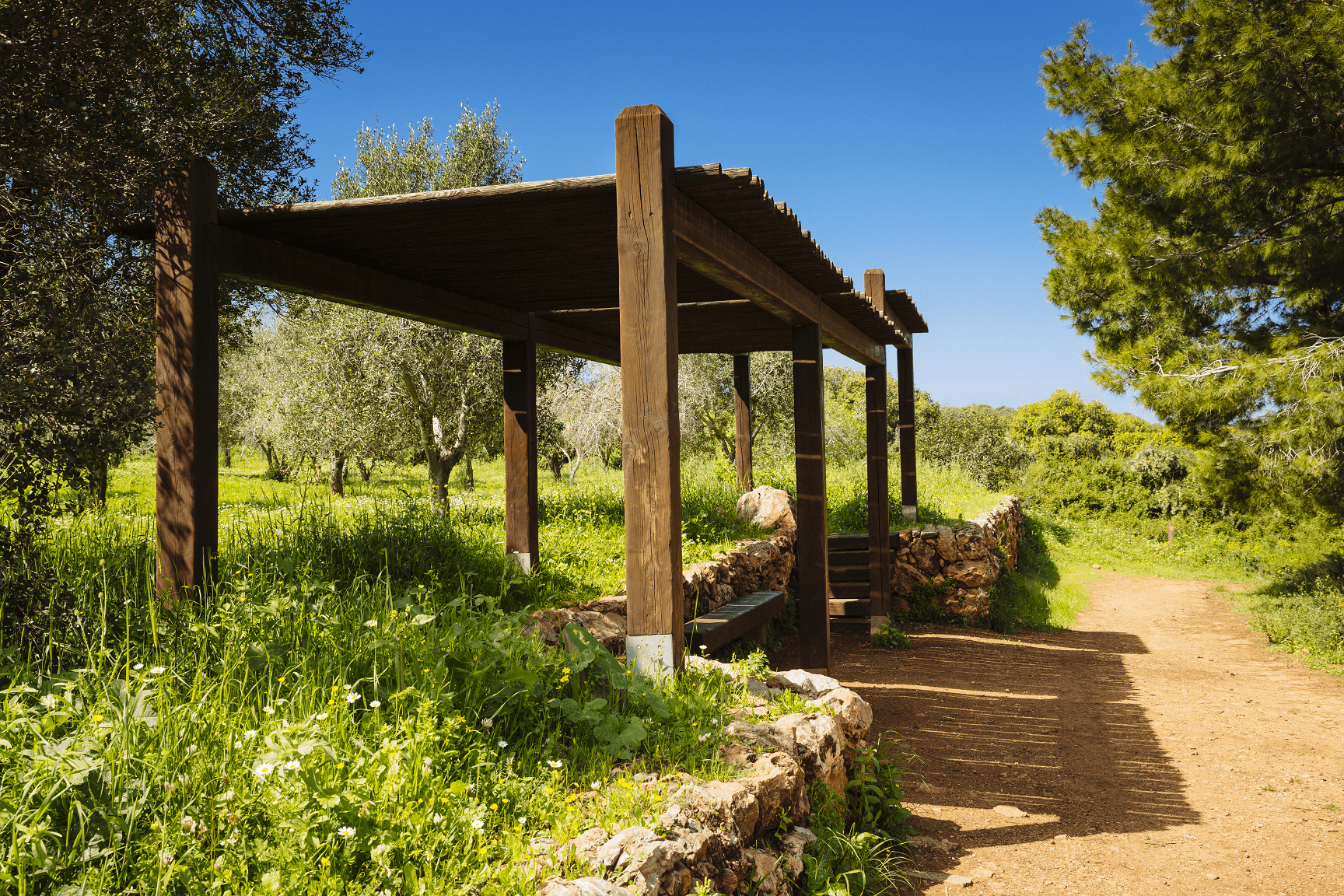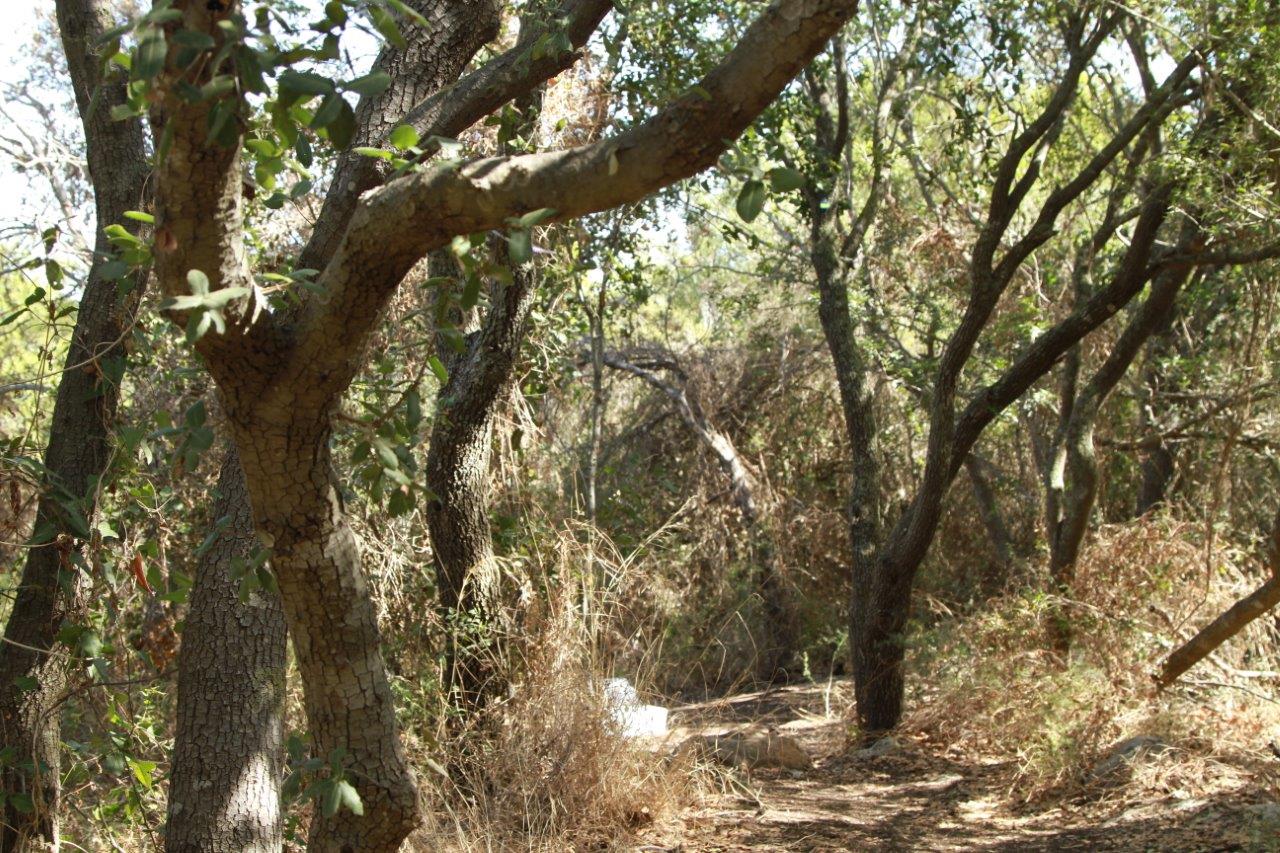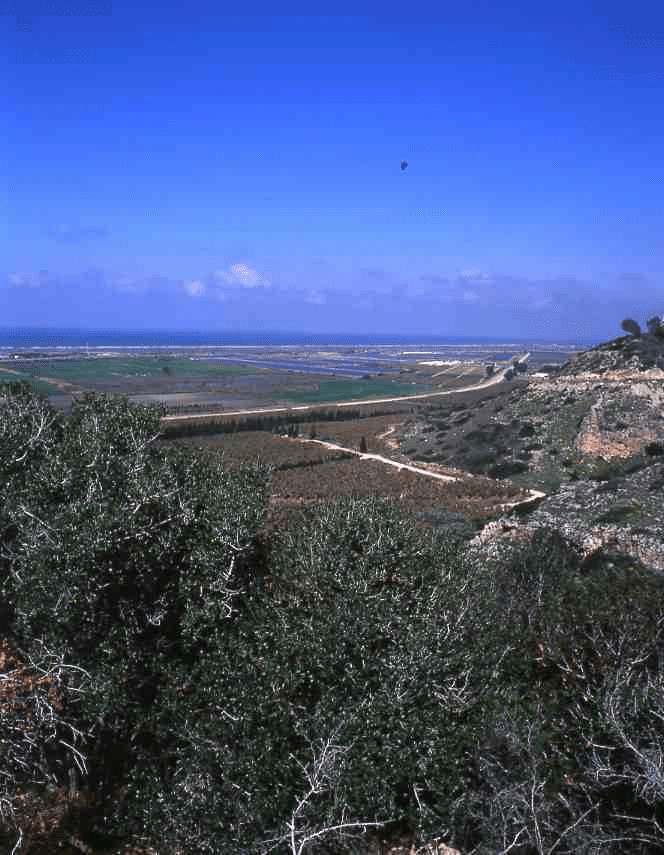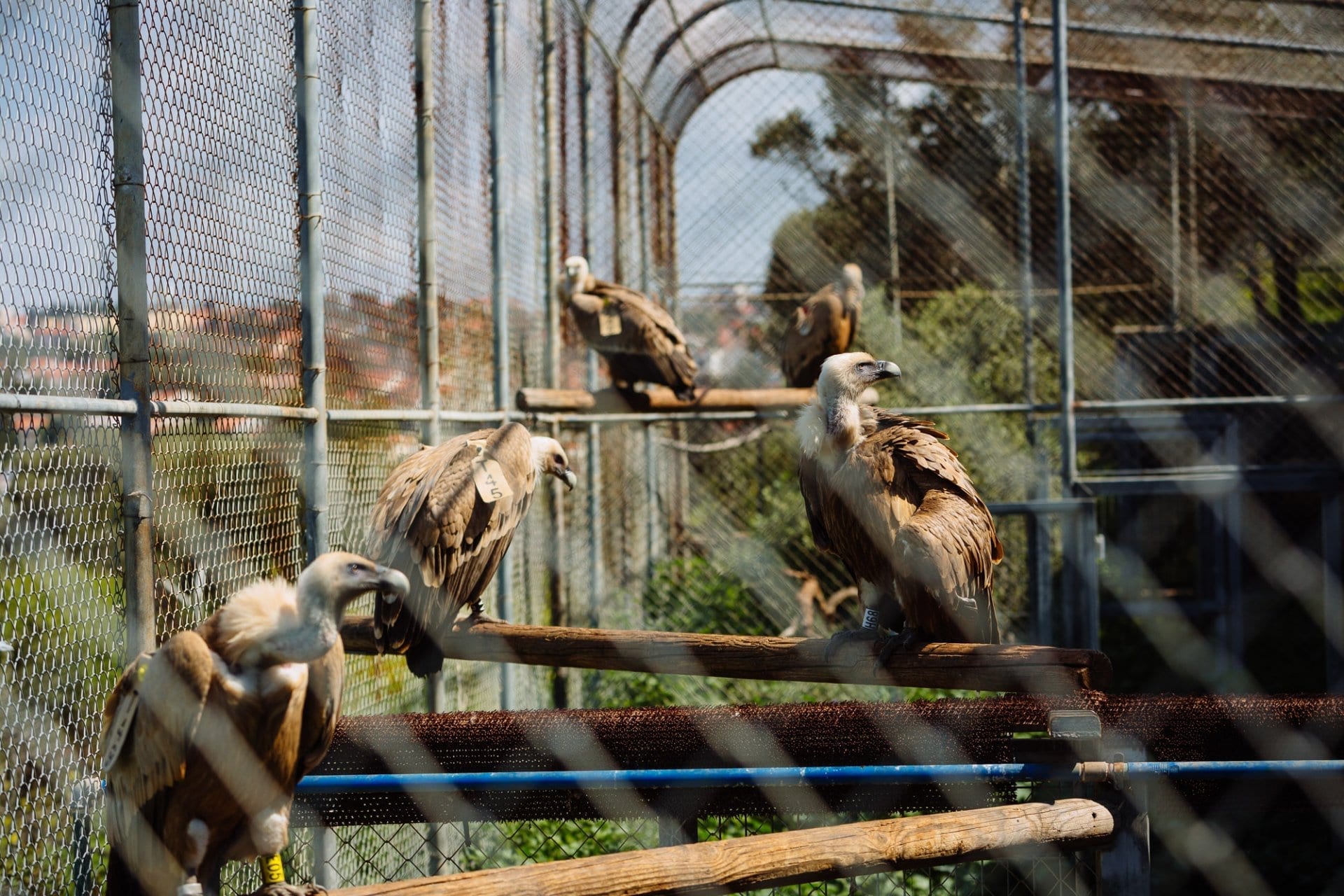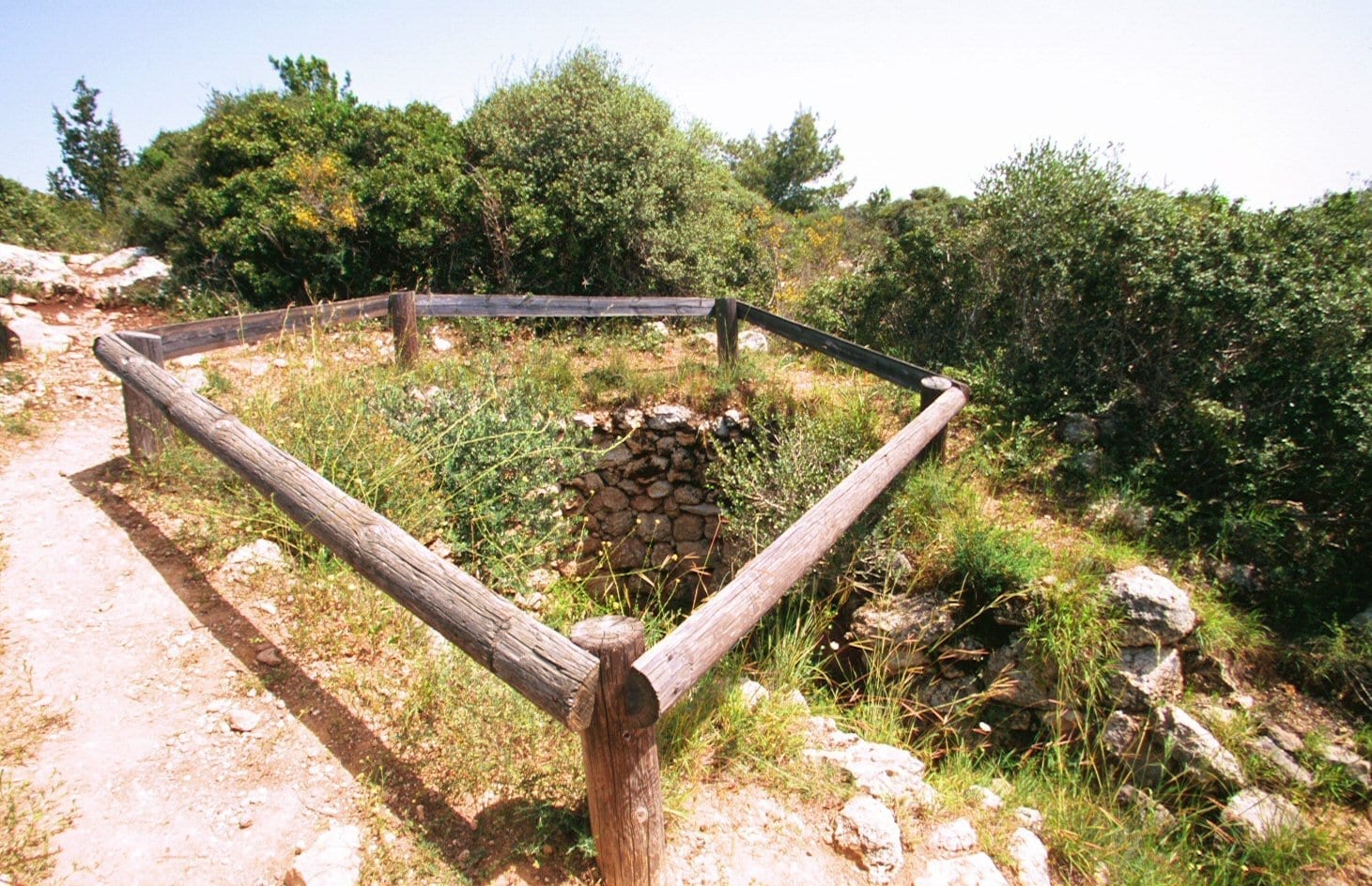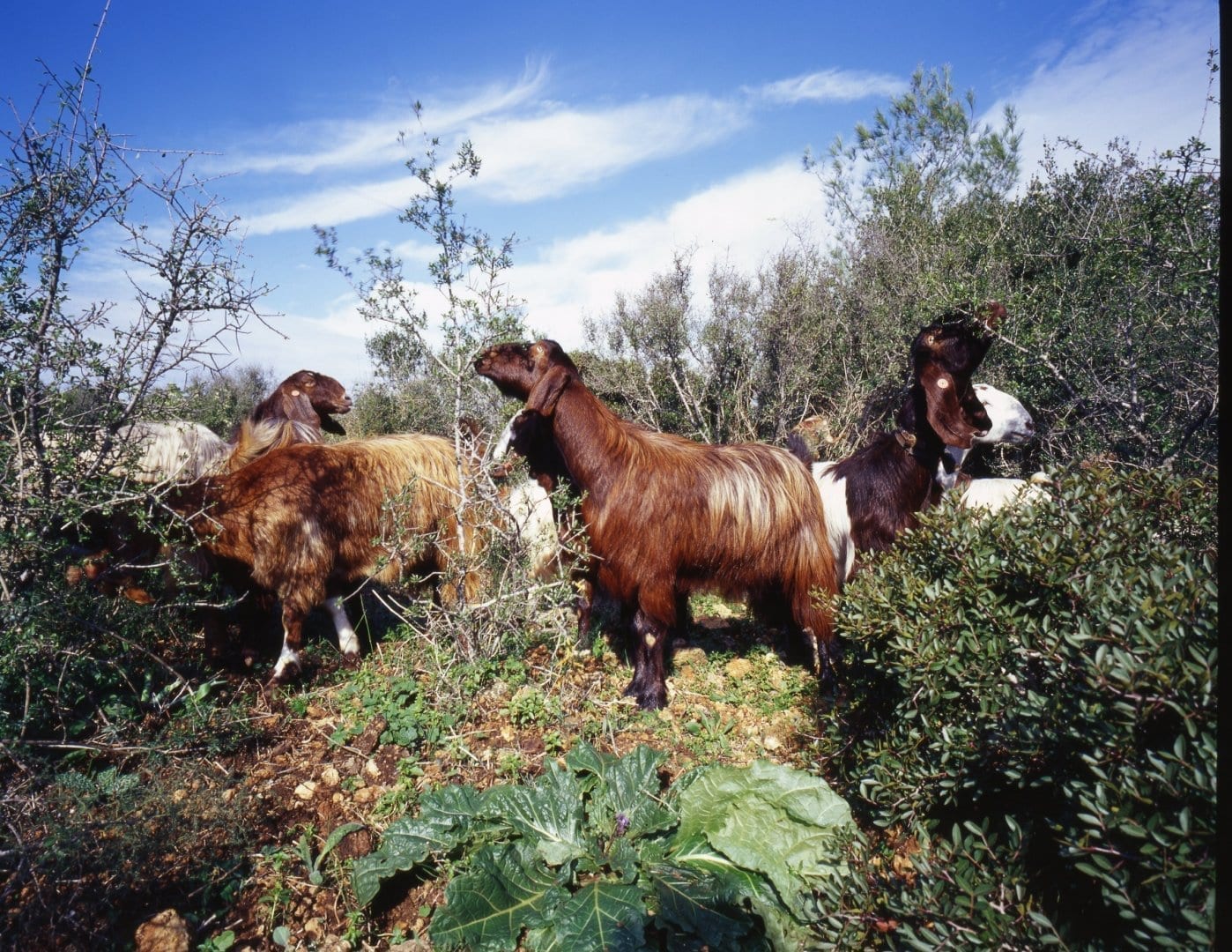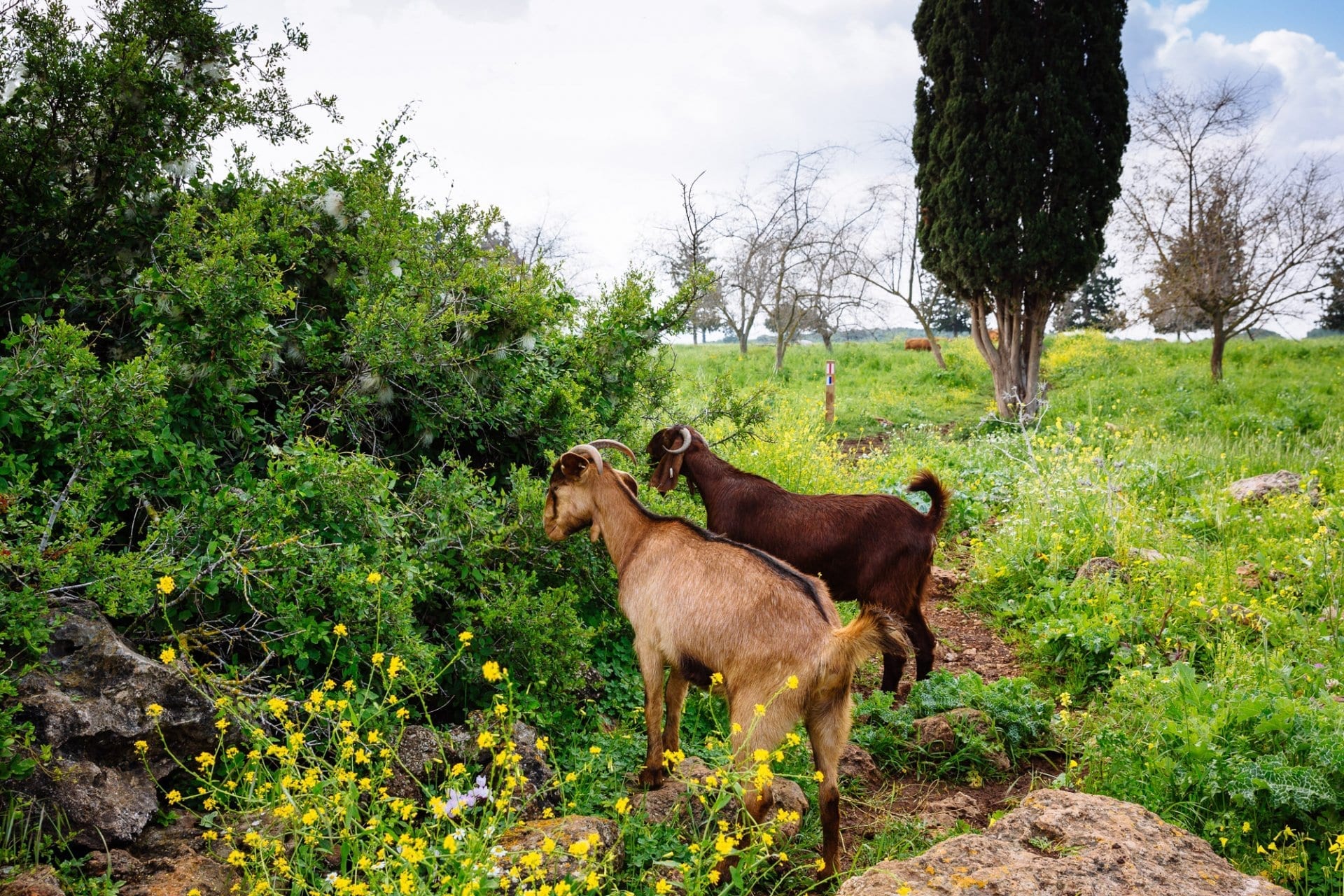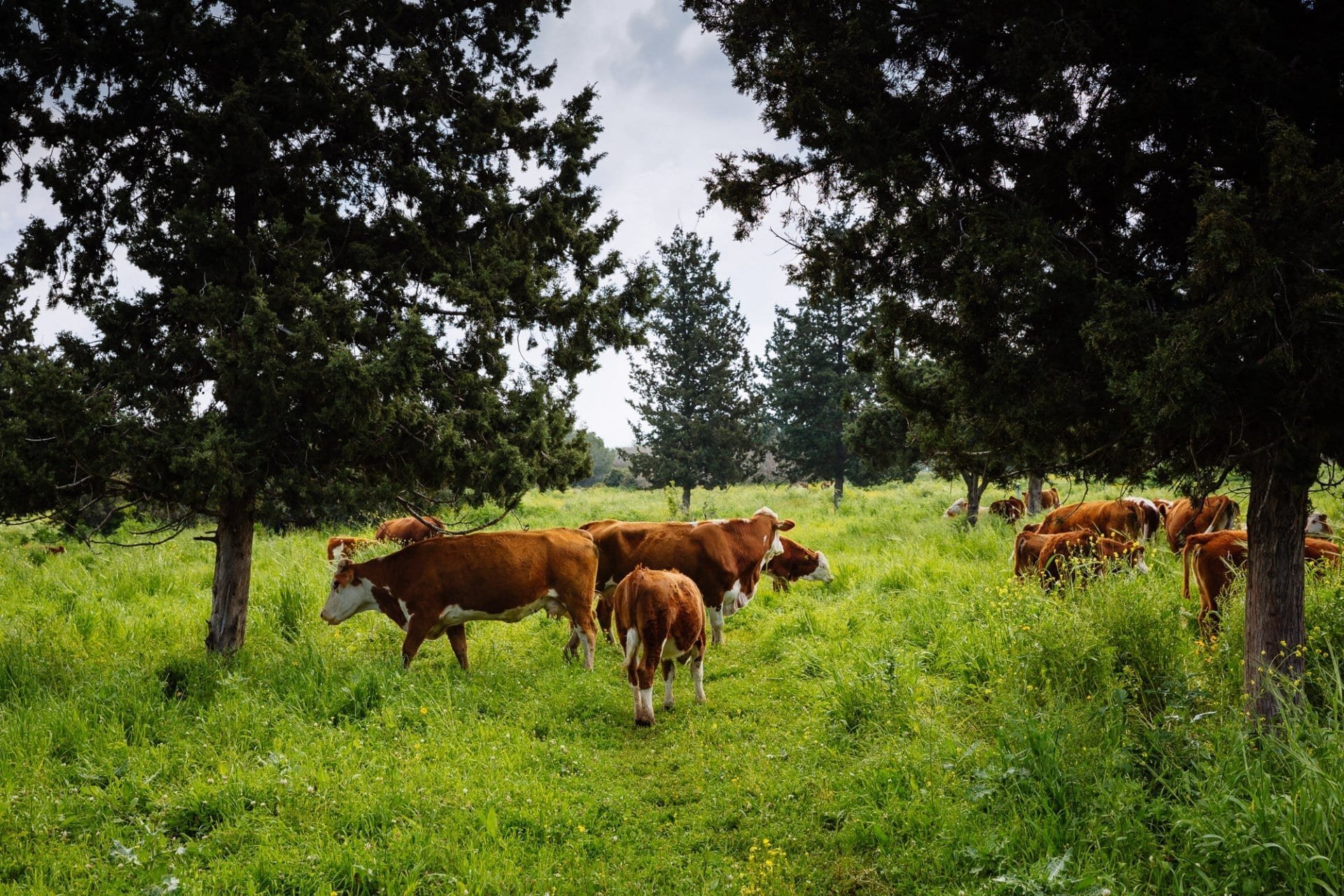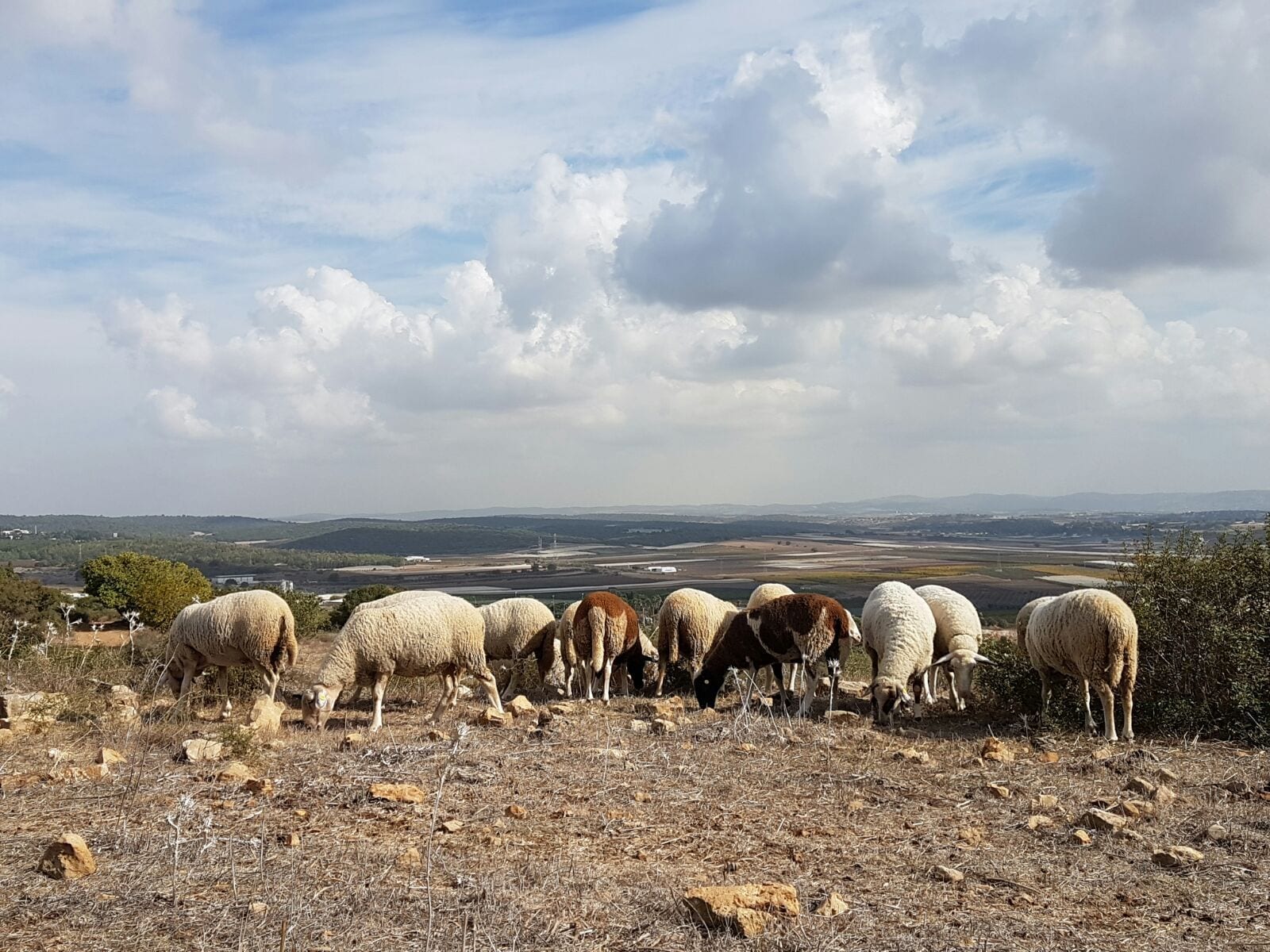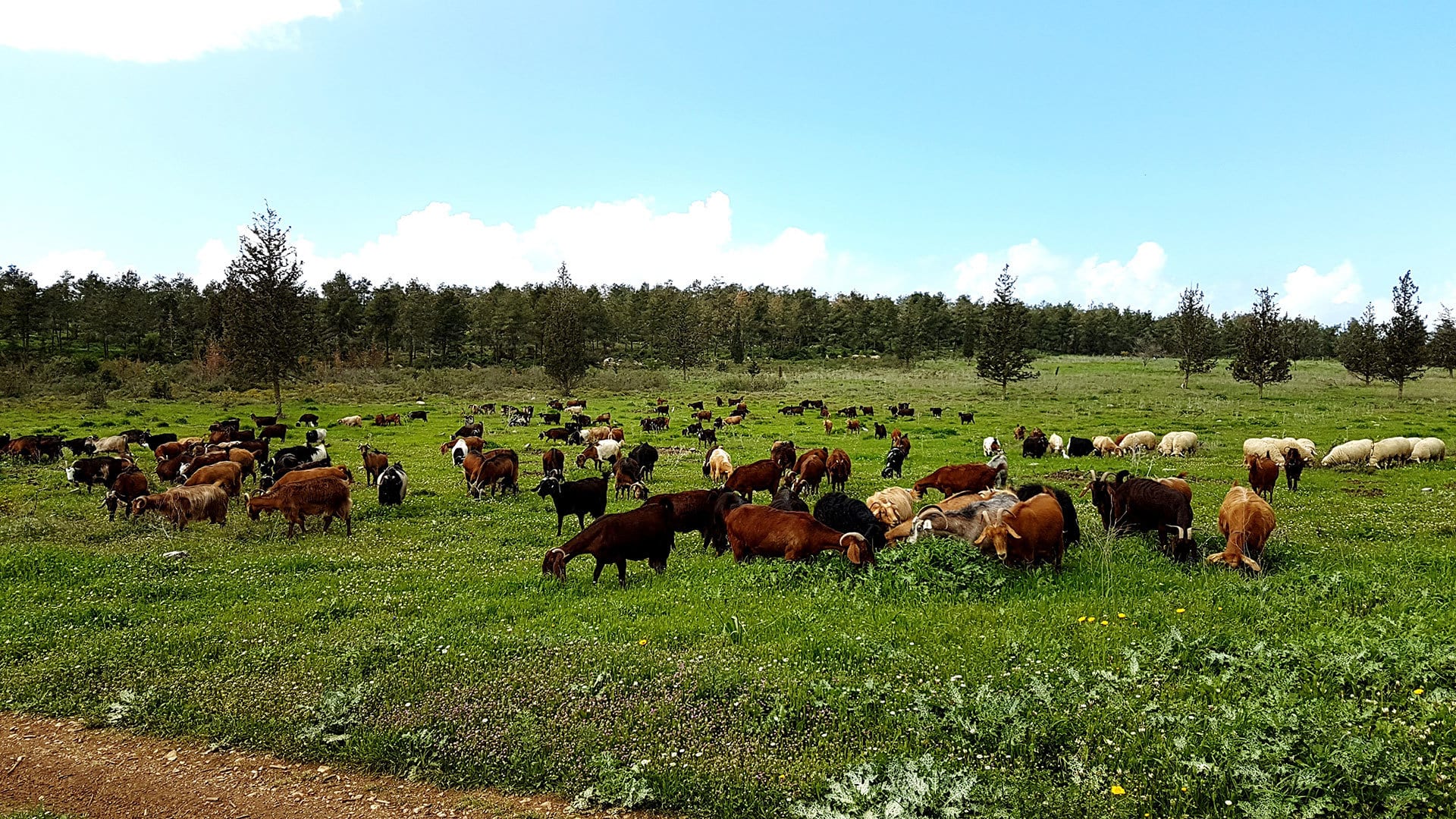Points of interest: A wealth of vegetation, including large Tabor oaks (Quercus itaburensis), woods of Palestine oaks (Quercus calliprinos)), shrubs and vines; panoramic views across the Carmel coastal plain; the prehistoric Kabara cave, now home to a multitude of bats; and the acclimatization cage for raptors, where birds unfit for life in nature are rehabilitated alongside others that eventually will be reintroduced to nature
Level: Suitable for experienced hikers only. The trail includes a decent from a steep cliff.
Dowonload the Vlture trail map
Colour of markers: GreenLength: Approximately 4 km
Hiking time: Approximately 2 1/2 hours
Departure point: The trail is circular, starting at the trailhead.
Recommended seasons: All year
Equipment: Binoculars are useful for observing raptors in the acclimatization cage.
Click here for the navigation app WishTrip
Emergency telephone for on-duty supervisor (after closing time):
053-6452336
The Trail
The trail marked in green turns right (west) from the trailhead. It wends its way through typical low scrubland (batha) vegetation near a stand of pine trees and comes to a concrete, low water crossing (‘Irish bridge’) across a dirt road. The trail crosses the dirt road and continues straight on, past a group of Tabor oaks (Quercus itaburensis) planted by Ramat Hanadiv staff from the seeds of native trees. The trail proceeds across another dirt road, beyond which grows the large Tabor oak.
1. Tabor Oak
The deciduous Tabor oak flourishes from the Sharon plain and Ramot Menashe to the Galilee and the Golan. Its large acorns are an important


